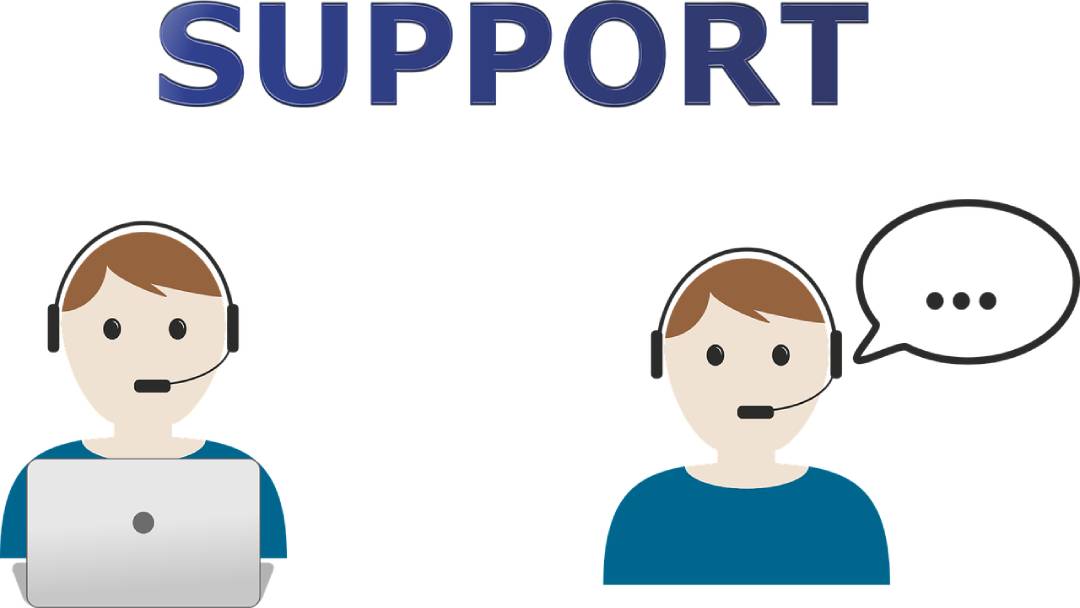Did you know that currently, only 4% of the world lives out of reach of a cell tower? Telecommunications has never been more critical, making it inconvenient when something goes wrong.
If you rely on your VoIP system, a small problem can quickly stall your entire business operations.
The solution to your problem might involve a relatively simple fix. That’s why we made this VoIP troubleshooting guide. In it, we’ll discuss some common issues and simple solutions. Let’s get started!
Problem #1: LAN or Network Issues
LAN problems occur when there’s an issue between your computer and any equipment that connects it to the world wide web.
Most of the time, the problem falls on the router. If you’re relying on VoIP, you will need a router to prioritize calls taken from the internet. This is a feature known as Quality of Service or QoS.
Solution
If the issue is likely your router, the most obvious first step is resetting it. Unplug your router, then wait approximately thirty seconds before you plug it back in. In addition to this, you should also update your settings so that they prioritize QoS.
Lastly, disable your forward ports and update all of your firmware. If the problem continues, you’re going to need to purchase a new router, ideally one that supports QoS.
Related: Hosted Cloud Phone System
Problem #2: Bad Voice Quality During Calls
If you’re experiencing things like echo, delays, buzzing, or just bad audio quality, it can make communicating over VoIP next to impossible. The fantastic news is that you can do a variety of little things to improve the overall quality. Let’s explore some of them.
Solution
First, cover the mouthpiece on your headset or computer. If the sound problem goes away, then all you need to do is turn down the volume on your speakers or listening device. Routers can also cause interference, so ensure yours isn’t too close to your devices.
Next, remove any third-party equipment. Connect your router directly with your phone. This will help you find out if the problem lies in the intermediary equipment.
After that, inspect your wire. Wires that are too long can cause connection problems. Finally, if you have old equipment, consider upgrading. This can sometimes cause audio quality problems.
Can’t decide between a VoIP and a landline? Read this guide to find the best solution for your needs.
Problem #3: Can’t Connect to the Internet
Sadly, it’s not uncommon for Canadians to experience internet outages. Recently, more than 50% of the country’s internet was down.
Unfortunately, this can be a problem if you rely on VoIP. VoIP calling relies on a robust and stable internet connection. What’s more, they require a strict set of protocols you must request from your internet service provider. Let’s take a closer look at some solutions to this problem.
Solution
First, run a bandwidth test on your internet. Finding out what your current speed is will tell you how many VoIP devices you can support. Next, you should test for any packet loss. VoIP systems rely on good data packet transmission to operate.
So run a ping test to determine if you’re experiencing packet loss. If both your speed and data packet transmission are fine, you’ll need to contact your ISP. In some cases, they might simply adjust your VoIP protocols.
Other times, they’ll tell you there’s an outage in the area and when you can expect it to be taken care of.
Related: What Is Hosted VoIP? Features & Benefits Explained

Problem #4: Security Issues
Did you know that roughly six out of ten Canadians report a cyber crime incident annually? Sadly, since your VoIP system is connected to the internet, it’s susceptible to attacks by hackers.
Minor security issues might affect the overall quality of your call. However, more serious ones can put both your and other people’s private data at risk. The most common VoIP security issues include firewall problems and VoIP deregistration.
Solution
The best solution to security problems is to choose a VoIP provider that prioritizes security features that keep your calls and data safe. This is one of the most essential things you can look for when switching to VoIP.
In addition to this, there are minor things you can do on your own. First, change all your passwords if you think your VoIP is at risk.
Regular password updates are a reasonable precaution. You can also ask your VoIP admin to deploy firewalls that will monitor potentially sketchy security threats.
Look For a Telecom Provider That Helps You With Troubleshooting
When looking for a VoIP provider, you want to ensure that you’ll be taken care of when you inevitably run into problems. So, when searching for a provider, make sure to ask about how their support system works.
When will you be able to get in touch with them when you have a problem? Ideally, the VoIP provider will train you on how the system works.
That way, you know how to troubleshoot some of the issues without assistance. However, if you do encounter a bigger problem, you should make sure that your telecom provider has your back in terms of a help desk.
Ready for a telecom provider that offers the help you need when your VoIP system gives you trouble? Contact SE Telecom to find out how we can help you.
Related: What Is VoIP Number Porting? A Complete Guide

The Importance of VoIP Troubleshooting
Hopefully, this guide helped you learn some valuable VoIP troubleshooting tips. There’s no denying that troubleshooting is an important skill to have. If you can fix the problem yourself quickly, that’s always the best solution.
Still, it’s also essential to have a telecommunications team that can assist you whenever you need support. There’s always going to be a problem that you can’t solve. So make sure you have a provider who answers your support calls quickly and efficiently.



